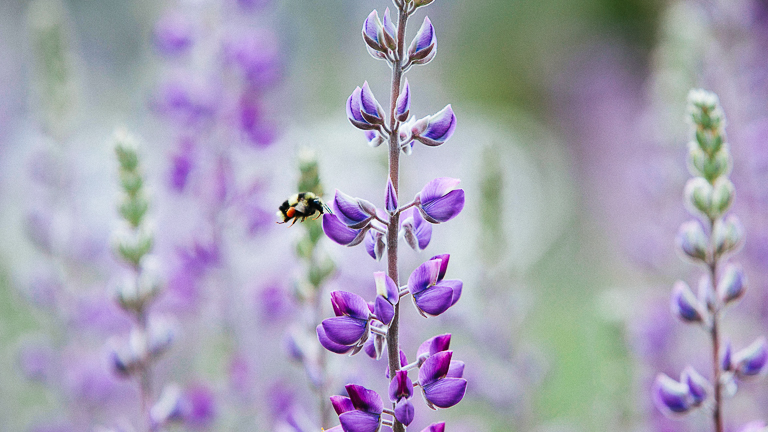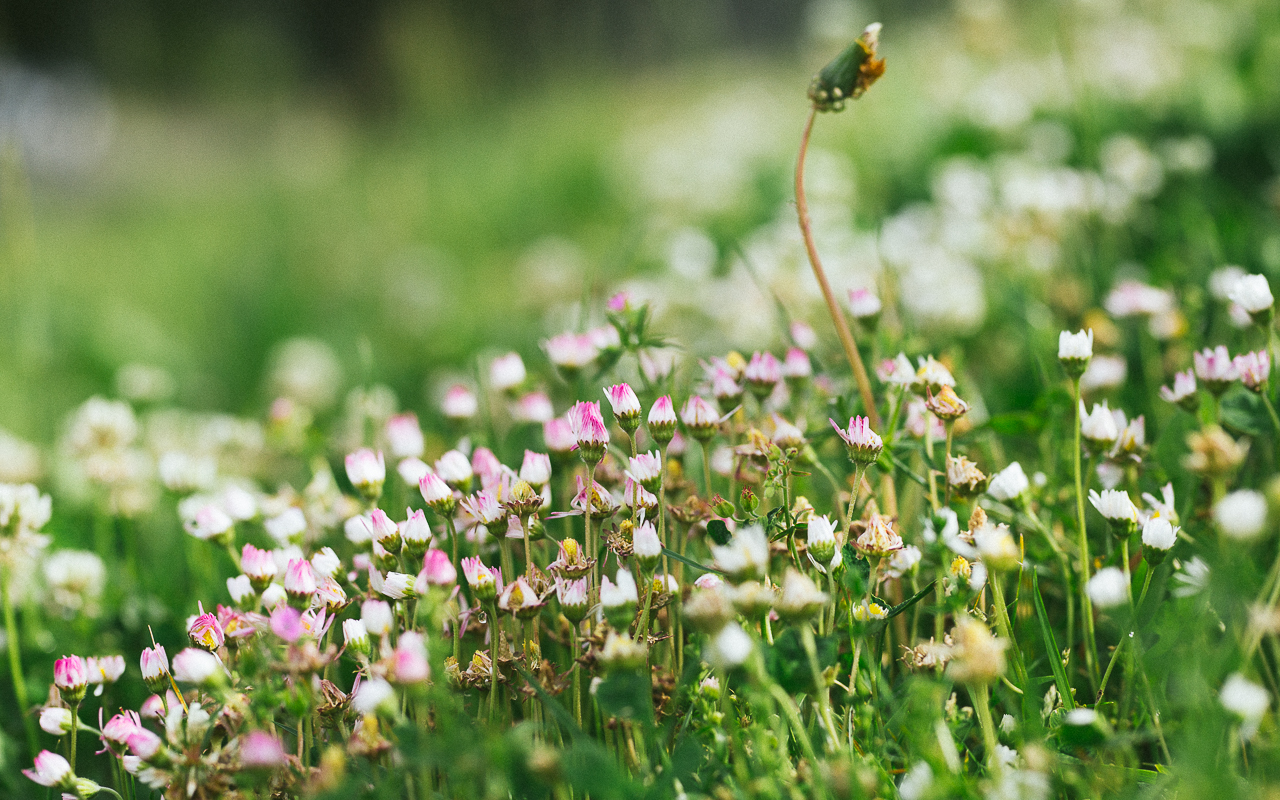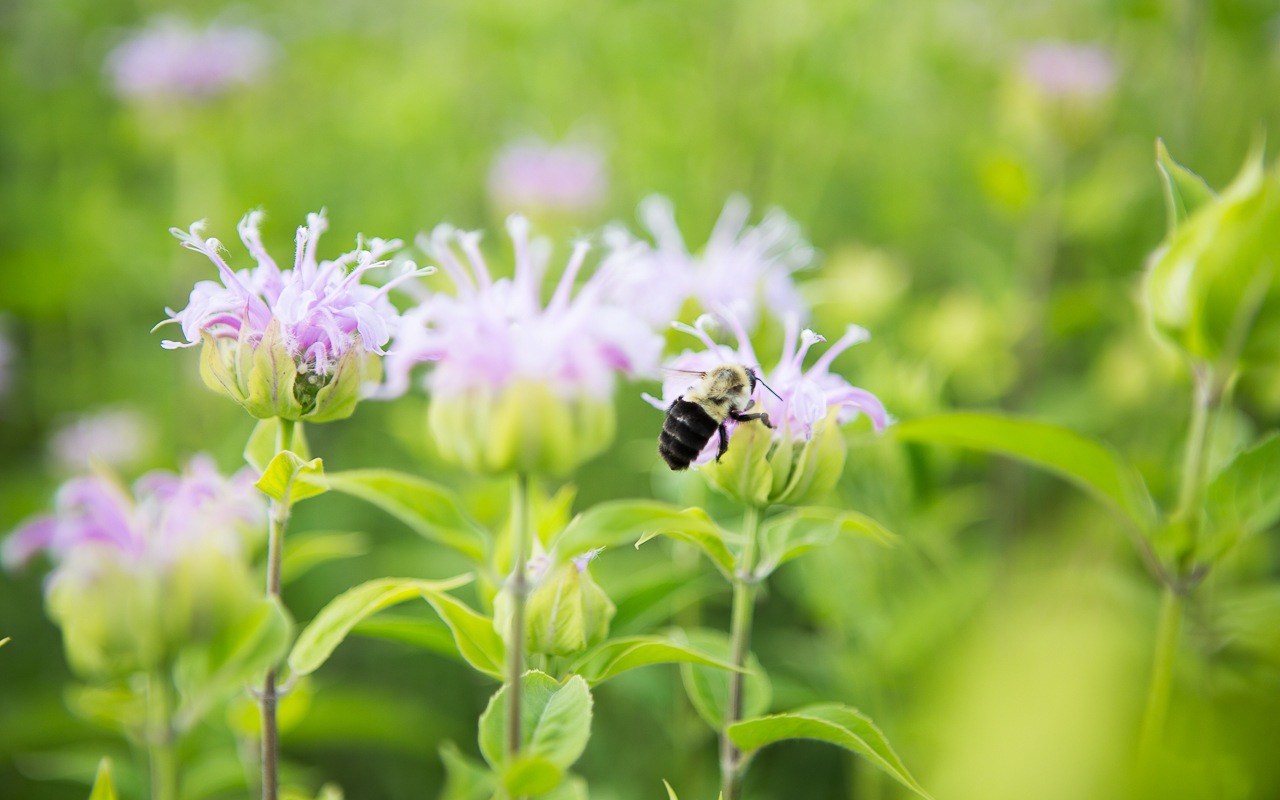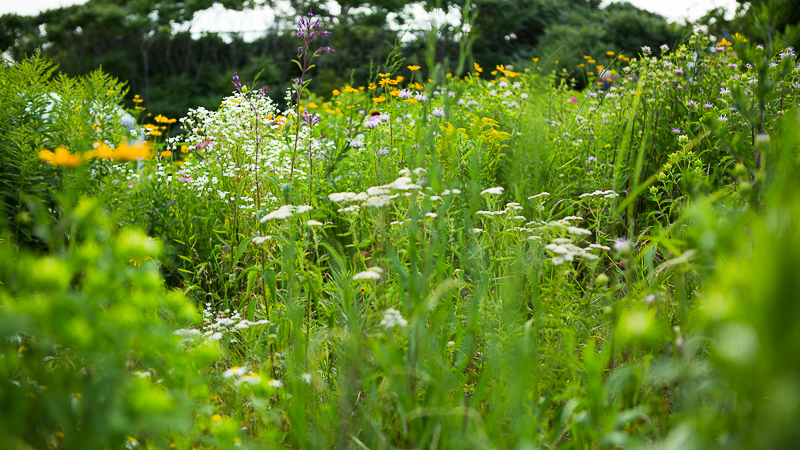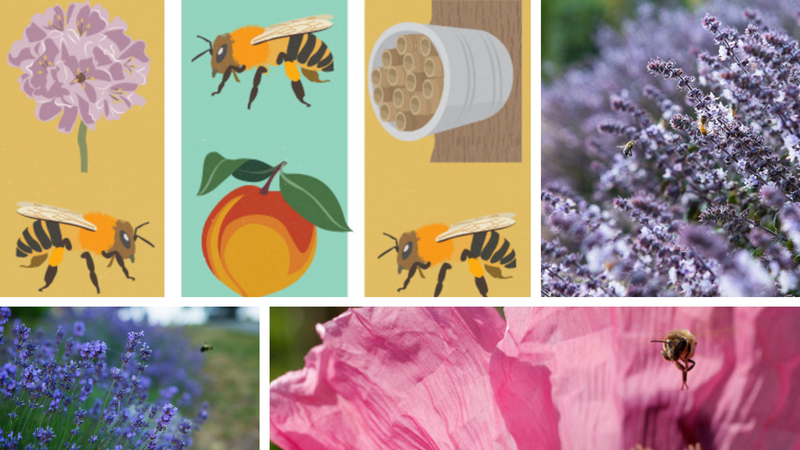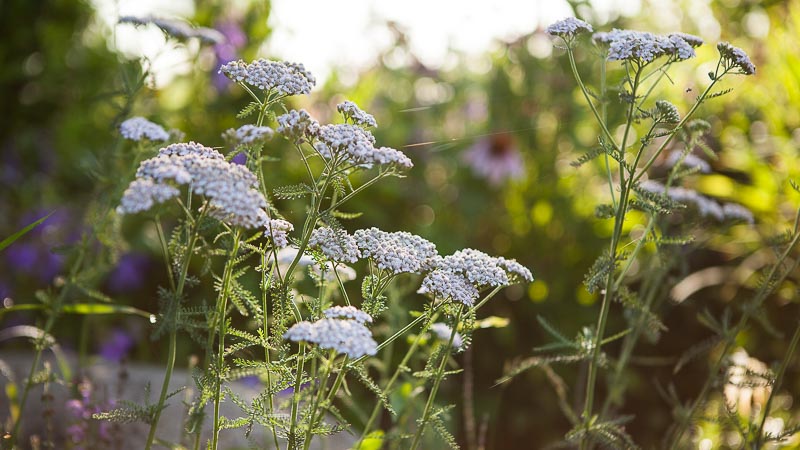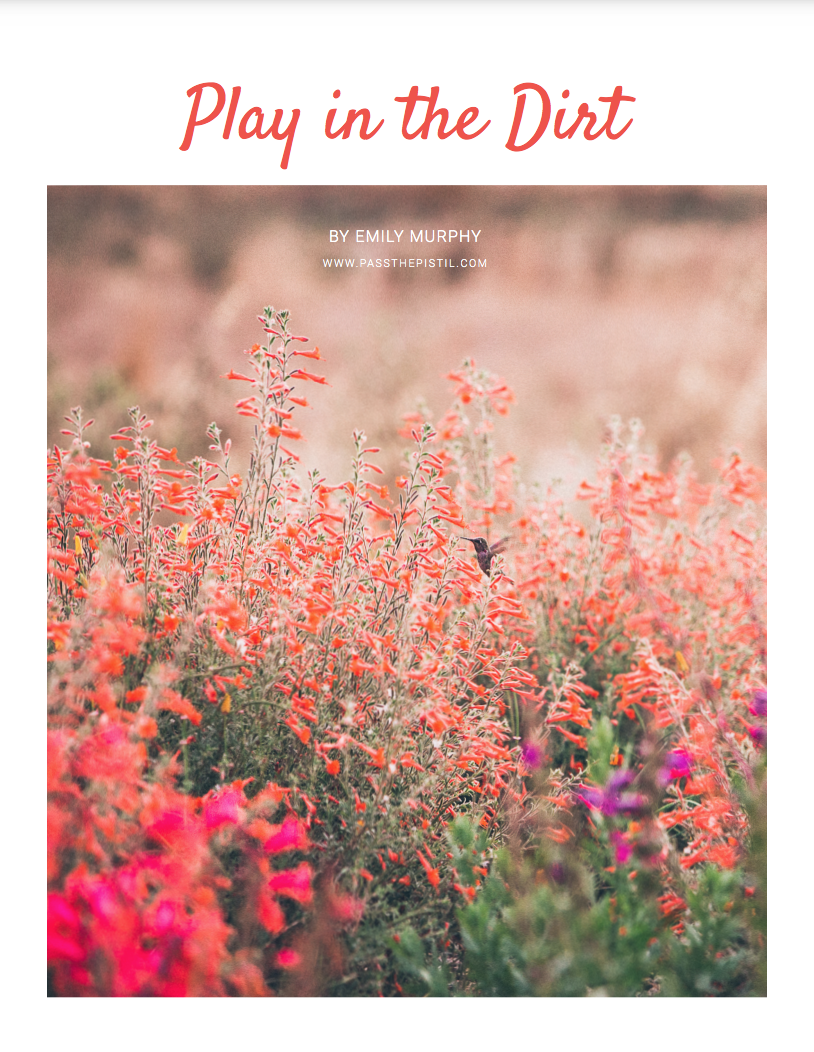What You Need To Know To Help Western Monarchs
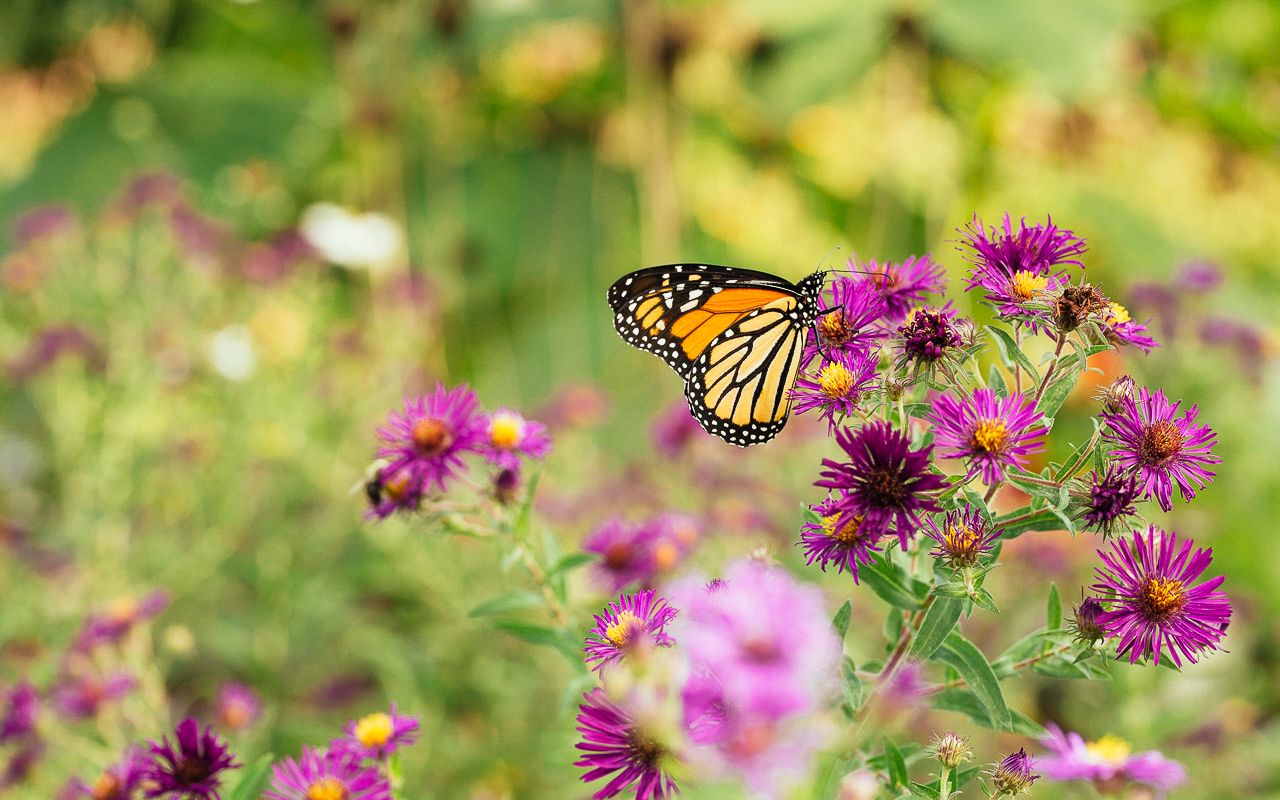

Helping western monarch butterflies is more important than ever before.
Recent counts of overwintering western monarchs have revealed that their population is now below endangered species status. Once numbering around 4.5 million in the 1980’s, are now a population of 28,429 individuals as of 2019. That’s .06% of historic averages or, in other words, their population has declined by 99.4%.
Hearing this news, I jumped on the phone with Matthew Shepherd from the Xerces Society to learn more.
Western Monarch Lifecycle
Unlike the main, eastern population of monarch butterflies that migrates to central Mexico to overwinter, western monarchs overwinter along the coast of California.
When the weather warms in late winter, the first generation of butterflies mates and travels out to find forage and habitat. They feed on a variety of flowering plants, including native plants and plants we provide in our gardens. They also search for milkweed as host plants.
As you may know, milkweed is the sole host plant for monarchs. This is where they lay their eggs after mating and the larvae or caterpillars get their start. They emerge from eggs after just a few days, feed on the milkweed, and then transform into chrysalis where they undergo metamorphosis and emerge as adults. The whole process takes about a month depending on factors such as weather and temperature.
Fun fact: Milkweed is toxic to most other animals and because monarch caterpillars feed on milkweed they too become toxic. The bright orange of monarch butterflies tells potential predators such as birds to beware! Don’t eat me!
Western monarchs travel as far as the western slope of the Rocky Mountains and north to the northern states and southern Canada. Several generations live out their lives before fall approaches and monarchs make their way back to coastal California.
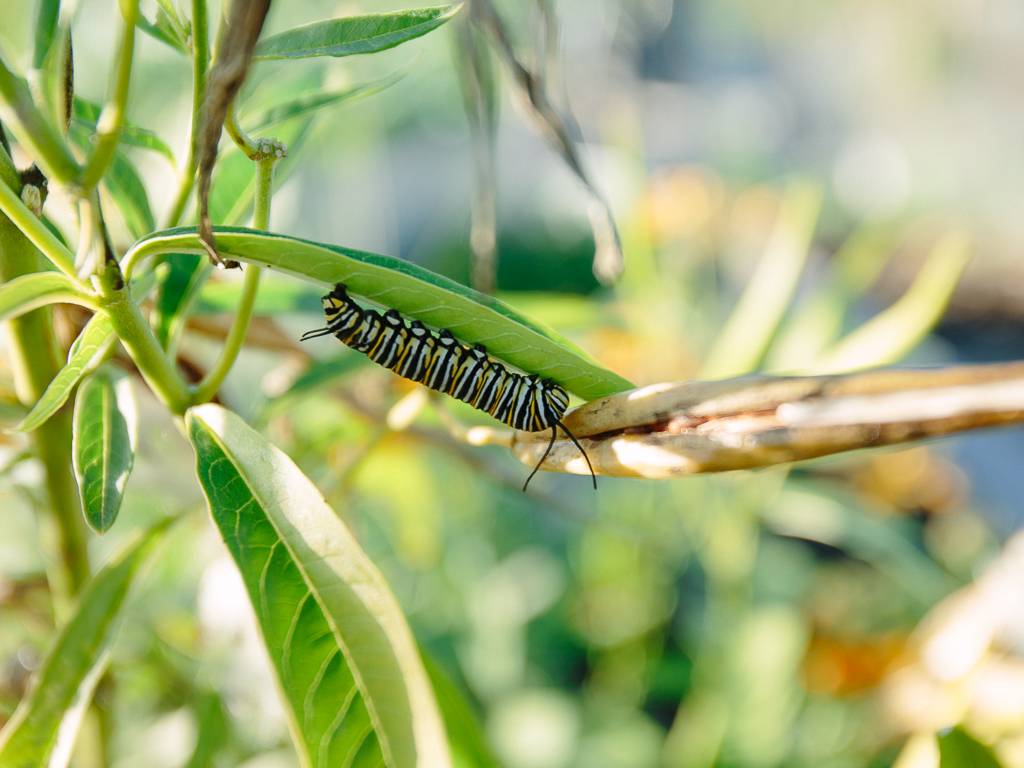
What We Can Do To Help Monarchs
There’s good news! We can help monarchs by providing habitat and forage. We can also help monarchs and other insects by growing and buying organic produce and shopping from local, small family farms.
Our Gardens Make A Difference
Studies out of the University of Bristol in the UK have found that urban landscapes can help save insects and pollinators such as monarchs. Gardens in cities and urban spaces tend to be more diverse and reliable than stretches of farm fields. Farm fields may be feast or famine for pollinators. Home gardens tend to offer nectar plants that bloom from early spring to fall and contain a greater diversity of plants to choose from.
Even a single pot of flowers makes a difference. Though it’s also true that larger swathes of plantings make it easier for pollinators to find the plants they need.
Grow a Better Pollinator Garden
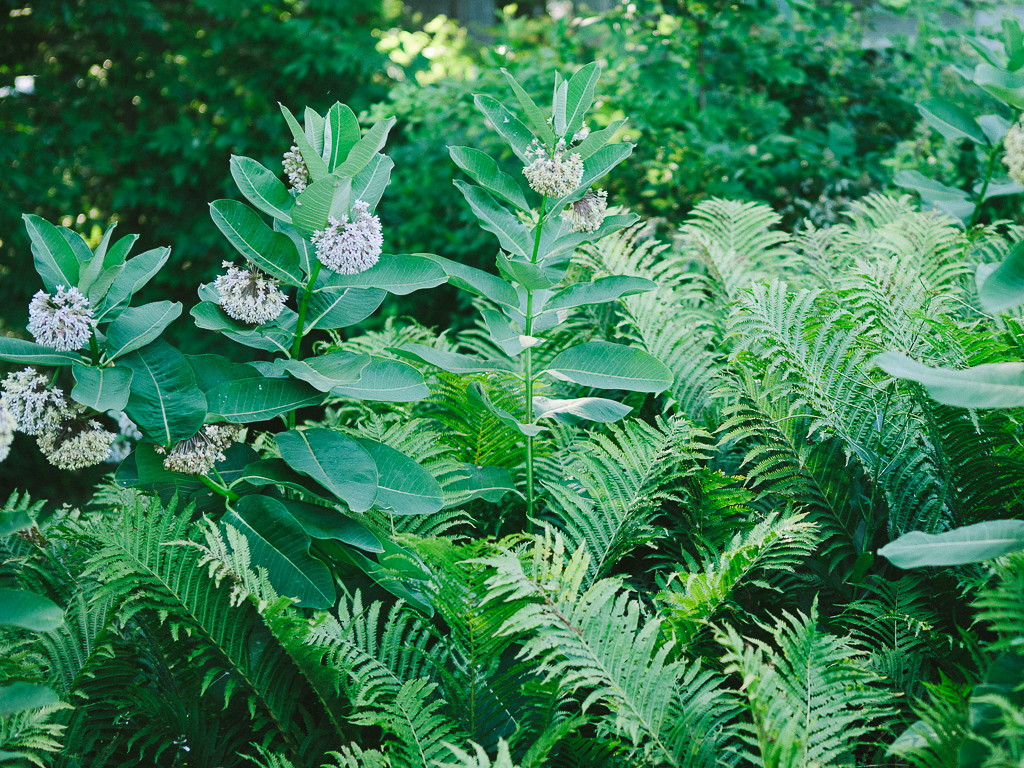 Grow Milkweed
Grow Milkweed
Plant milkweed for monarchs, providing them with the one host plant they need to successfully reproduce.
Do’s And Don’t of Milkweed To Support Western Monarchs
- Plant milkweed, but keep points 2 – 6 in mind.
- The Xerces Society recommends that you don’t plant milkweed if you live within 5 miles of the Pacific Coast from British Columbia to Southern California or if you live in high mountain forested areas. Milkweed isn’t naturally occurring in these areas. Growing milkweeds in these areas can disrupt the monarch lifecycle.
- When growing milkweed, choose native milkweed. In the west, you’re most likely to find narrow leaf milkweed, Asclepias fasciaularis, or showy milkweed, Asclepias speciosa, in your local garden center.
- Milkweed can be tricky to grow from seed so, if you’re just starting out, try growing it from a starts from your local garden center.
- If you’d like to propagate your own milkweed, try growing showy milkweed from seed. Narrow leaf milkweed is easiest to grow from root or rhizome cuttings. Milkweeds tend to prefer moist sites and lots of sun — how about your kitchen garden?
- The Xerces Society recommends that gardeners avoid planting tropical milkweed. If you do grow tropical milkweed and if you live in a mild climate where it behaves as a perennial, be sure to cut it down to the ground in the early fall. Monarchs carry a naturally occurring parasite which can build up in tropical milkweed (becuase it doesn’t die back in the fall). The parasites then persist through winter and into the next season and become a bigger problem for returning monarchs. Matthew Shepherd describes it as inadvertently creating “less fit monarchs that weaken the greater monarch population.” Instead, grow native milkweed which is an herbaceous perennial.
Other Ways to Help Western Monarchs
- Grow a wide range of nectar-rich flowers with spring to fall bloom times for butterflies. Butterflies prefer flat to rounded flowers or clusters of flowers because, unlike bees, they don’t hover but land to feed.
- Protect monarchs from pesticides. When shopping for plants, look for organic and locally grown starts. Plants that travel across state boundaries are treated with pesticides designed to persist residually within plants.
- Help your community restore local habitat to support monarchs. “Some overwintering sites are now in people’s yards,” says Shepherd. Again, another reason to grow seasonal, nectar-rich plants along the coast, particularly in California, and protect overwintering sites.
- Take part as a citizen scientist and help map milkweed and monarch sightings with the Monarch Milkweed Mapper. Shepherd says one of “the best ways to get involved is to go the Western Monarch Count and volunteer to count.” The count occurs in a 3 week period around Thanksgiving and again at the New Year.
Learn more about the monarch milkweed mapper here.
Read the Xerces Society Western Monarch Call To Action here.
Other articles you might enjoy:
9 Learnings From the Butterfly Waystation at the Portland Head Lighthouse
How to Attract Pollinators to Your Garden
Make Your Own Bee Friendly Garden in 5 Easy Steps

*This article was originally posted in February of 2019.
Listen
Buy The Book
Special offers
Newsletter Signup
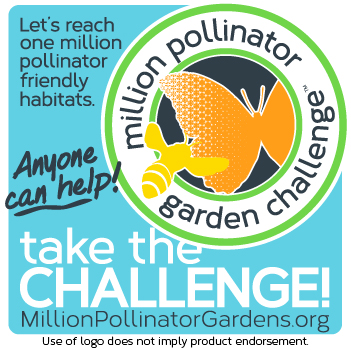
Archives
Disclosure
Pass The Pistil is a participant in the Amazon Services LLC Associates Program and other affiliate programs such as Etsy, affiliate advertising programs designed to provide a means for sites to earn fees by advertising and linking to curated affiliate sites.










